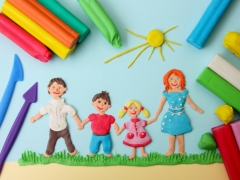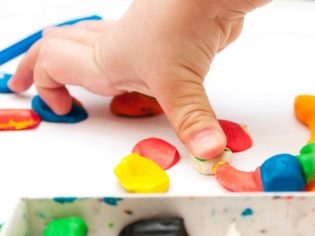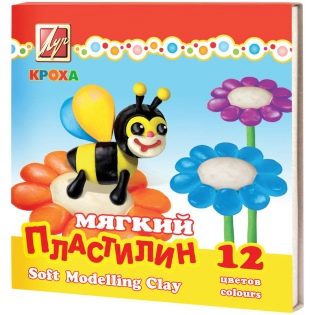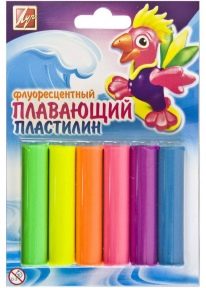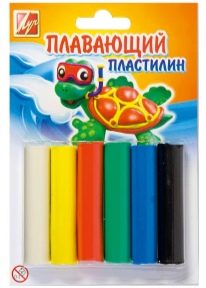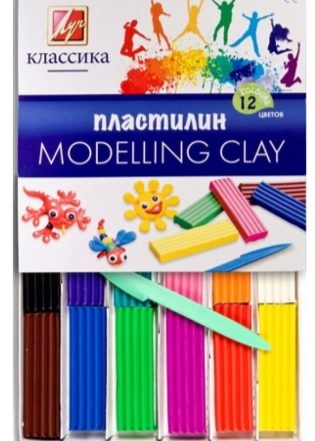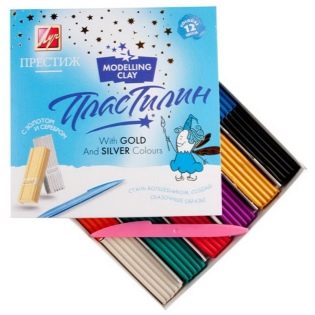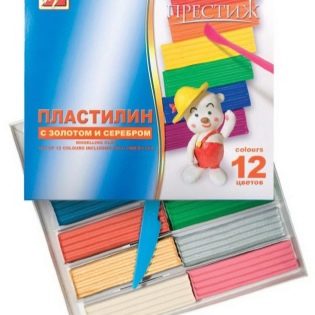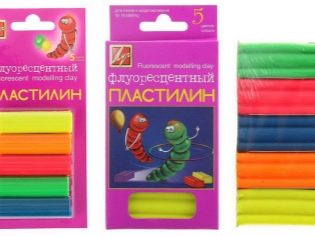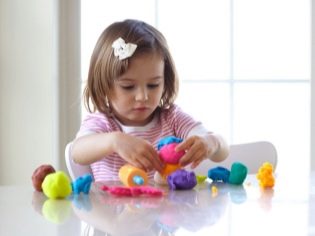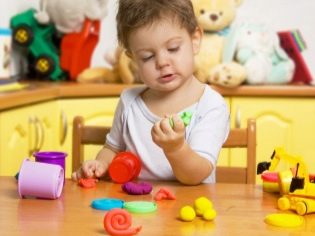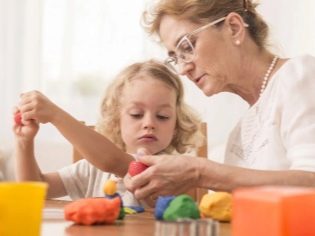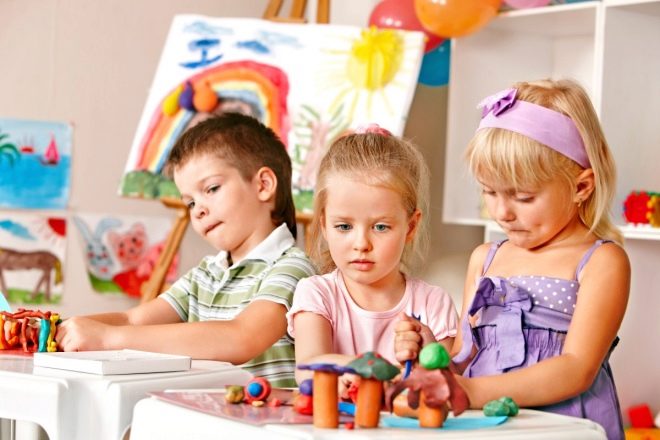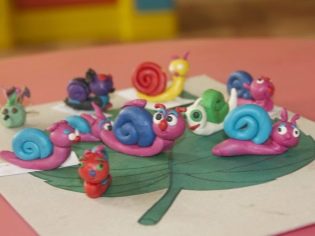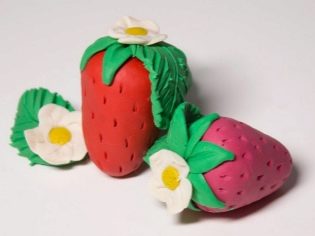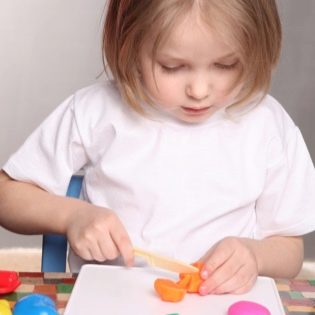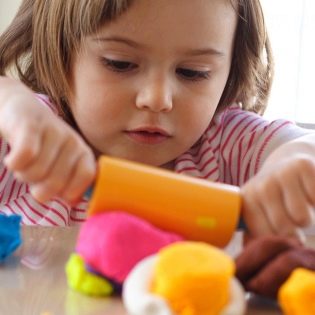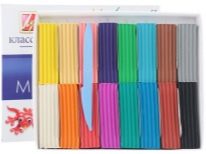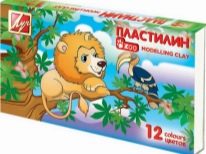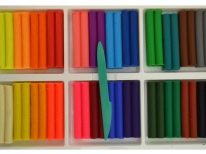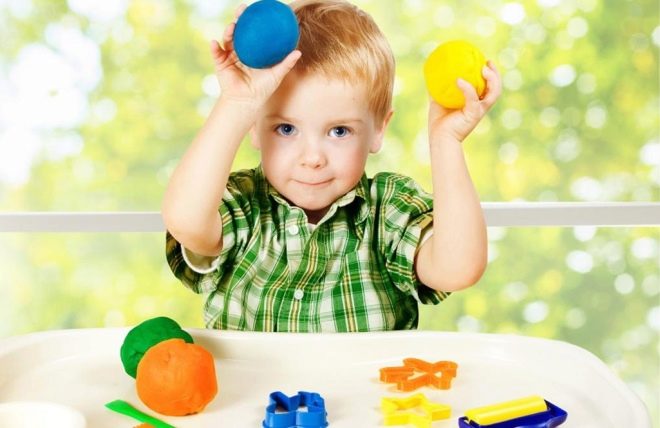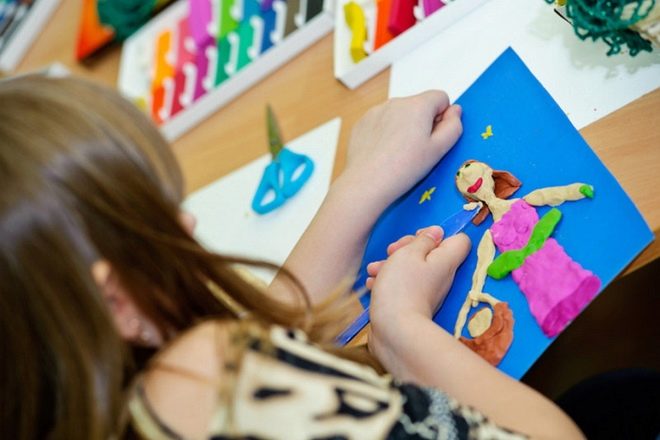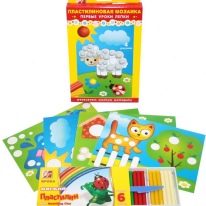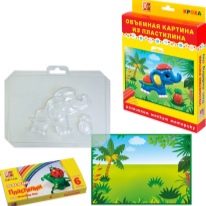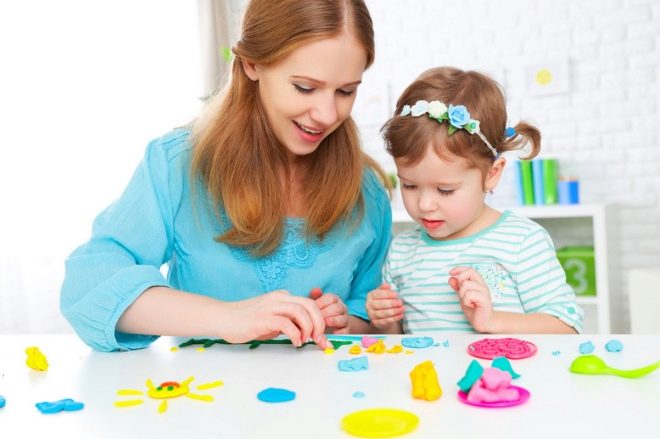Plasticine "Ray"
The Luch Yaroslavl Chemical Plant is one of the largest enterprises in Russia and in the post-Soviet space that produce various goods for children. Huge popularity, in particular, won the clay of this company, which is produced in a wide variety and has a fairly good quality at a very affordable price. Perhaps, every child has come across products of this brand over the past few decades, however, for a more successful product selection, it is worthwhile to more thoroughly understand what kind of clay the company offers.
Varieties
Plastic "Ray" is rightly considered one of the most common in our country, because the huge volumes of its production and affordable pricing policy made it the main choice for the overwhelming majority of Russian families. Over the long decades of its existence, this company managed to create several different types of clay, which allows you to choose the best option for each child, building on their individual needs.
However, parents are not always confidently guided in this matter, so let's see what this company offers at the moment:
- "Baby". This name most closely matches its target audience and implies a very soft plant-based clay (made with the addition of a large amount of wax), designed for the youngest children. This natural material is completely safe, does not give any harmful fumes and is suitable even for those children who are prone to allergic reactions. Created specifically for weak children's hands - it is easy to learn to sculpt with it.
Crafts from it must be stored very carefully, because they are deformed even from accidental touches. This clay is suitable for both volume modeling, and for creating panels on the plane.
- "Floating". This type of plasticine is made according to a special formula, thanks to which a material is obtained which is able to stay on the surface of the water due to lighter weight and does not soak from constant interaction with moisture. This is a great gift for those children who like to spend a lot of time in the bathroom and already know how to sculpt well enough to make their own bath toys. Water lilies for girls, boats for boys.
- "Classic" and "Lux". These two types of plasticine are very similar to each other and are an advanced recipe, proven over decades of use and tens of millions of children's hands. This is the real clay in the best sense of the word, which is great for creating three-dimensional figures, including complex ones, with small details. Sets of such clay come in a wide variety of colors, but they can also be mixed together, creating absolutely any new shades.
Due to the fact that the material allows the production of very complex compositions, it is usually purchased for children from the age of 5 years.
- "Prestige". A very unusual set of plasticine, which includes such rare bars, such as gold and silver. Differs in the increased ability to hold a form, therefore well is suitable for a molding of any smallest details. In other words, practically does not limit the possibilities for creativity, allowing you to engage in modeling, even at a level close to professional. Children like it very much because of the high saturation of the color range.
- Premium. Another plasticine characterized by the highest quality of production, but, unlike the previous one, made softer for ease of working with it, due to which it is often used to create not only figures, but also flat pictures. Also has high brightness colors.
- "Fluorescent" and "Pearl". The so-called decorative types of plasticine, which have a special brilliance or even able to emit a light glow in the dark. Due to their properties, they may not visually appear as clay, although they are. Because of the complexity of the production, they are somewhat more expensive, and because of the increased price, it is recommended that they are not used independently, but in the form of “exterior trim” for figures made from any kind of clay mentioned above. In addition, they are used to perform individual parts of flat paintings and create a deeper aesthetic effect.
Development benefits
Plastic "Ray" is ideal for children's modeling, but this type of creativity is not just good fun, but a completely indispensable tool for the development of a wide variety of skills and mental abilities. It is impossible to replace modeling with any other kind of creativity - this is why today there is no such child who would have no idea about clay and working with him.
Of course, first of all modeling contributes to the development of fine motor skills. Even an adult is not always able to make something intelligible from plasticine, and in children the physical activity has not been debugged at all - that is why they write scribbles, draw very naive drawings, and sometimes even drop objects. It is in the process of modeling, which they seem to be a fun game, Kids learn to own their own fingers, honing the skill of precise movements.
Moreover, if the child is engaged in modeling not independently, but with an adult person who possesses the necessary knowledge for a more versatile development of the baby, then in the process one can make progress in the development of speech and memory, vision and attention.
The fact that it is better for babies to sculpt from clay in the presence of adults improves communication and the development of appropriate social behavior skills.
Plasticine molding contributes to the development of fantasy, because the child does not always manage to mold what he would like, and in the process he comes up with either ways to achieve the desired result or ways to create something new and interesting with simple methods.
Although adults developed fantasy is usually not perceived as something useful, in fact it is a sign of vigorous brain activity, the ability to better perceive and process the information received, as well as the possibility of practical application when directed in the right direction.
Sculpting is also very helpful in strengthening the psyche of the child. This is perhaps the only kind of creativity where failure is easily crossed out by subsequent success. The spoiled drawing can only be thrown away, but the failed figure of plasticine can be rewound using the same piece of material. It would seem that it does not have any practical value, because the child could buy a whole album for drawing, and let him draw as much as he wants, but it is worth coming to the understanding of this moment from the side of the kid who is just beginning to understand the world around.
No matter how small he is, he probably already understands that the album sheets are running out, and plasticine can be infinitely reused. Both lessons are good in their own way, but at the early childhood stage he needs support - he must first understand that any mistake can be corrected, and only then - that some of them do not pass without consequences. In the end, while being engaged in modeling, the child is not engaged in anything else - in particular, in such a way that could pose a threat to his health.
If you want, you can do the modeling at least a whole day, because it does not cause any harm to the baby, and the parents know for sure that he is sitting still, not getting lost, putting his fingers into the socket, trying cigarettes or being too interested in computer games.
Number of colors
All of the above varieties of plasticine "Ray" are not specific sets, but only in series, so each variety can be sold in a different number of colors - up to 24 shades. It should be noted that the number of colors provided by a particular set is not really limited, because all types of ray plasticine, with careful mixing, create new shades with each other - you just need to think about the proportion correctly.
At the same time, due to the fact that children, not being professionals, usually cannot calculate such proportions themselves, for complex handicrafts it is better to buy large full-color sets.
When choosing the number of colors, the manufacturer himself advises to build on the child’s age, and what level of skill he has managed to achieve. In particular, for a beginner who takes the first steps in modeling, a set of 10-12 colors will be quite enough, but it is better to choose bright colors, because now the main thing is to interest the kid. By the time he begins to create meaningful compositions, and the plots will become more and more complex, should pay attention to the sets of 18 colors. The largest sets, including 24 shades, are designed for those children who have managed to seriously get involved in modeling and achieve serious success in learning in order to create small masterpieces.
Tips for choosing
If your choice fell on the products of the Luch chemical plant, it means that you have already followed the first advice and decided to give preference to the proven quality material at an affordable price. However, the assortment is quite wide, and one also needs to choose the most suitable position from it, therefore Some tips on how to make the right choice:
- Each type of plasticine "Ray" is made for different purposes. Some of them are literally spelled out in the title of the series - for example, plasticine "Scarce" should be taken for the smallest, because it is soft, but older children may not like it, because the crafts from it are too soft. Pay attention to why the child needs clay, what crafts he will make from it (in particular, whether it will be three-dimensional figures, or pictures from plasticine), and make a start from this.
- The level of proficiency in modeling also greatly influences the choice of a particular grade of clay. A child who is well able to sculpt is most likely fascinated by this activity without any additional incentives, because he succeeds, and this is exactly what attracts him in modeling. Another thing is if the child has never sculpted before, and the first results, of course, are not particularly impressive. It is clear that no one gets it the first time, but because of unsatisfactory and uninteresting results, the child can abandon exercises with clay, and the modeling is very useful for general development.
In this regard, for beginners it is better to take bright clay - not necessarily in a wide variety of colors, but even for balls and sausages to look very nice and make you want to sculpt again and again.
- Plasticine brand "Ray" sold as a simple material, and in the form of kits for creativity. The latter include numerous different additions, which either allow you to quickly master the basic techniques and techniques, or create a one-time worthy hand-made article, or generally simplify the modeling process. It all depends on what the child already has - for example, he doesn’t need sets with stacks, if he already has stacks, and they may seem unnecessary to a beginner due to their inability to work with them, and be very useful if the child really wanted clay and seriously took up the training.
Creator's Kit
Some kits produced by Luch contain training instructions or additional non-clay parts that allow you to create more believable flat pictures or three-dimensional figures. Most of these kits are designed yet. to create a flat plasticine panels - then the set includes special fields according to the type of colorings, which are not painted over, but filled with clay.
Slightly less common sets with molds, simplifying the creation of full three-dimensional crafts. Almost always, all this wealth is accompanied by detailed instructions on how to use all this for its intended purpose.
The topic is usually typically childish. The manufacturer tends not to make differences by sex, so the sets are usually designed to create neutral little animals, and not fairy-tale characters, which usually differ in boys and girls. For greater convenience in the manufacture of handicrafts, kits are supplemented with stacks, and sometimes with plastic knives for cutting clay.
How to draw plastic "Ray", see the following video.
